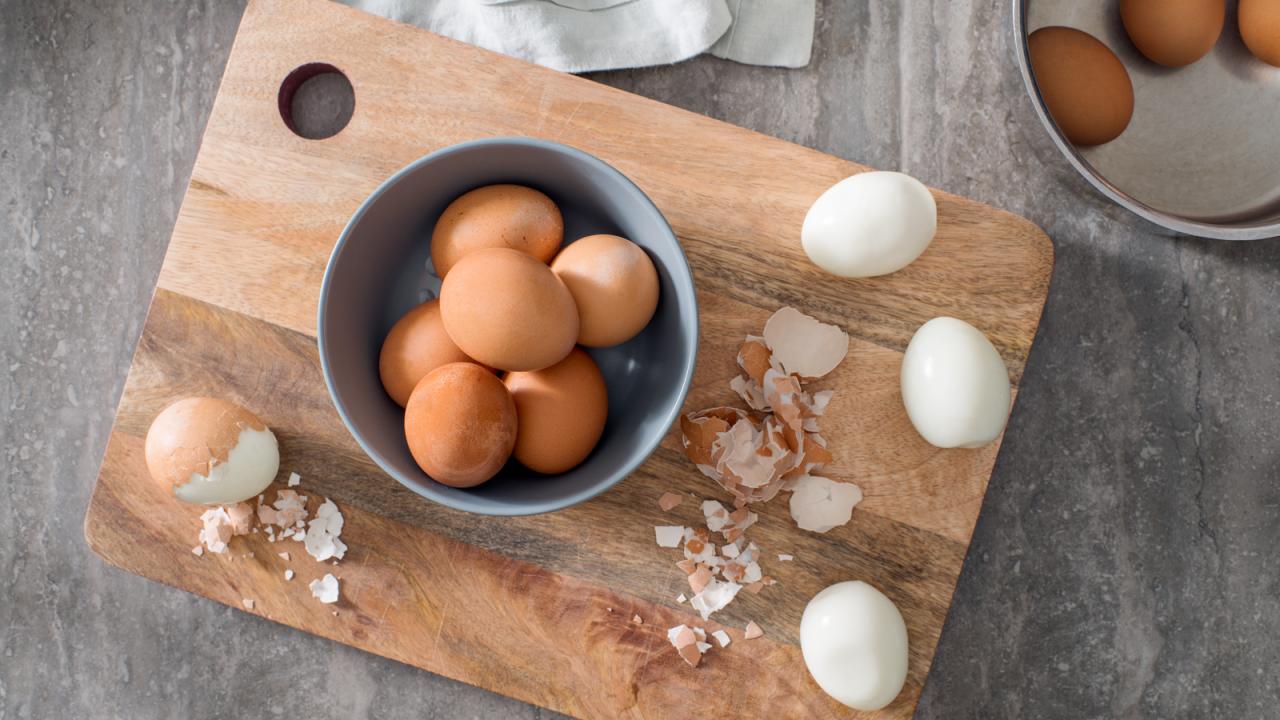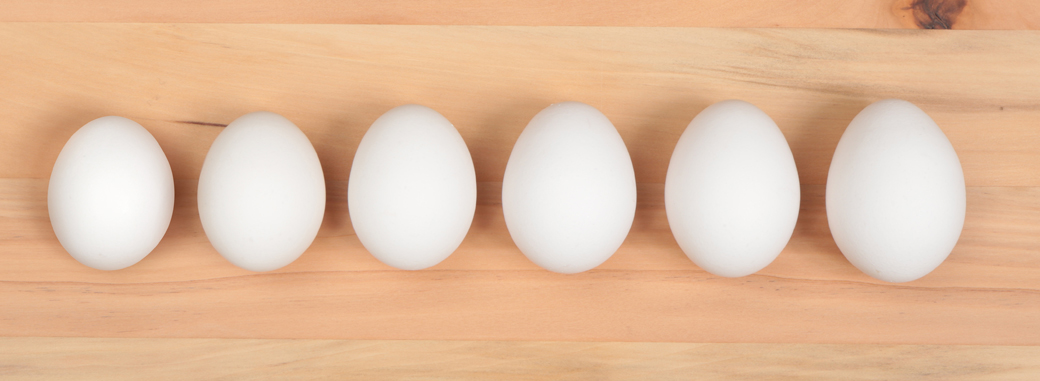
Want to master the art of meringues or learn how to poach an egg like a pro? Our how-to articles and videos have everything you need to become a certified eggs-pert.


| Calories | 160 Cal |
| Fat | 11 g |
| Cholesterol | 400 mg |
| Sodium | 130 mg |
| Carbohydrate | 1 g |
| Protein | 13 g |
| NUTRIENT | BENEFIT | ||||
| Iron | Carries oxygen to the cells, helps prevent anemia – the iron in eggs is easily absorbed by the body | ||||
| Vitamin A | Helps maintain healthy skin and eye tissue; assists in night vision | ||||
| Vitamin D | Strengthens bones and teeth; may help protect against certain cancers and auto-immune diseases | ||||
| Vitamin E | An antioxidant that plays a role in maintaining good health and preventing disease | ||||
| Vitamin B12 | Helps protect against heart disease | ||||
| Folate | Helps produce and maintain new cells; helps prevent a type of anemia, helps protect against serious birth defects if taken prior to pregnancy and during the first 3 months of pregnancy | ||||
| Protein | Essential for building and repairing muscles, organs, skin, hair and other body tissues; needed to produce hormones, enzymes and antibodies; the protein in eggs is easily absorbed by the body | ||||
| Selenium | Works with vitamin E to act as an antioxidant to help prevent the breakdown of body tissues | ||||
| Lutein and zeaxanthin | Maintains good vision; may help reduce the risk of age-related eye diseases, such as cataracts and macular degeneration | ||||
| Choline | Plays a strong role in brain development and function | ||||

| Small | Medium | Extra Large | |
| 1 egg | 2 | 1 | 1 |
| 2 eggs | 3 | 2 | 2 |
| 3 eggs | 4 | 4 | 3 |
| 4 eggs | 6 | 5 | 3 |
| 5 eggs | 7 | 6 | 4 |
| 6 eggs | 8 | 7 | 5 |